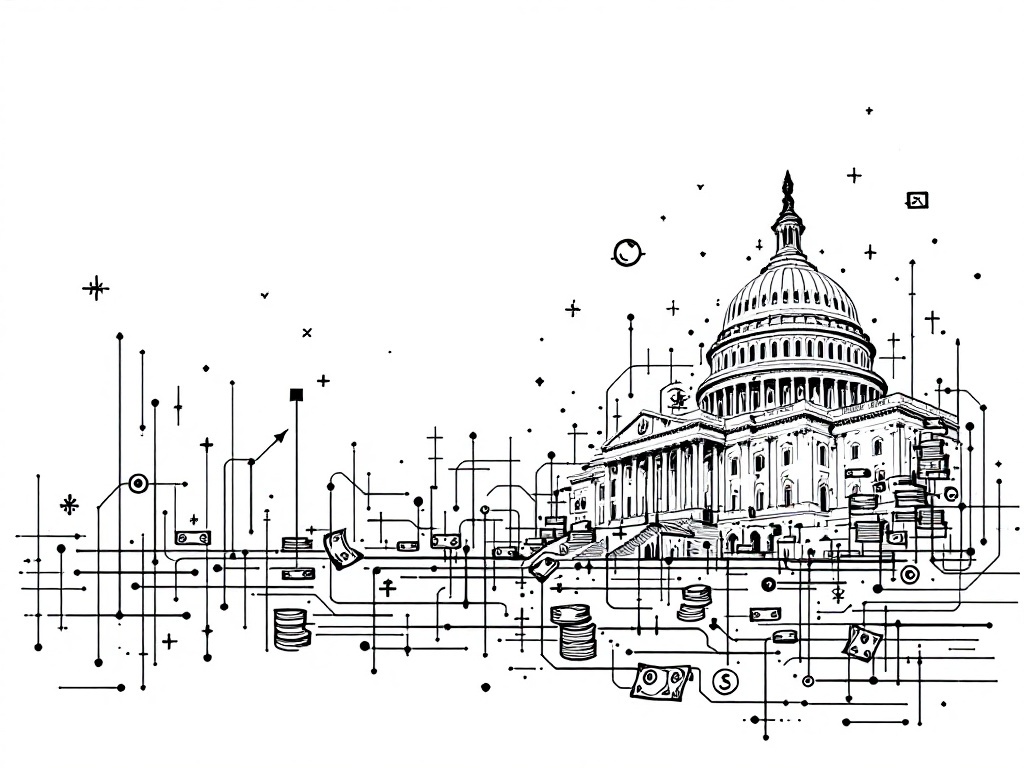U.S. Government Seeks Private Capital to Boost Critical Tech Innovation

Washington D.C., Sunday, 17 November 2024.
A significant shift in U.S. innovation strategy emerges as federal authorities aim to attract venture capital towards hardware-based technologies crucial for national security. With 90% of current venture investments focused on software, the government is working to redirect capital flow to address a critical imbalance in technological development. This initiative comes as federal R&D spending hits its lowest point relative to GDP in 50 years, raising concerns about maintaining America’s competitive edge in strategic sectors like quantum computing and advanced manufacturing.
The Strategic Pivot Towards Hardware
The U.S. innovation landscape has been predominantly shaped by software investments, which capture a staggering 90% of venture capital[1]. This focus has inadvertently sidelined hardware-based sectors that are vital for maintaining technological superiority, especially in areas such as semiconductors and advanced manufacturing. The federal government’s recent push to recalibrate this imbalance is not just a matter of economic importance but also a strategic necessity to safeguard national security interests[1].
National Security and Economic Implications
Federal authorities recognize that technologies like quantum computing, biotechnology, and communications are dual-use, meaning they have both civilian and military applications[1]. Ensuring that these sectors receive adequate funding is crucial for the U.S. to maintain its military technological advantage. The current shortfall in venture capital for these industries poses a significant risk of underutilized federal R&D potentially falling into the hands of adversaries[1]. Thus, the government’s strategy to attract venture capital to these sectors aims to bolster both economic and national security.
Government Incentives and Private Investment
To attract the necessary private investment, the U.S. government is considering various incentives. These might include tax breaks, subsidies, or public-private partnerships designed to mitigate the risks associated with investing in capital-intensive technologies[1]. Despite the significant potential for breakthroughs in these areas, the long-term investment horizons and high initial costs often deter venture capitalists. By offering targeted incentives, the government hopes to stimulate interest and investment from the private sector, thereby unlocking the commercial potential of federally funded research.
A Broader Economic Impact
Revitalizing investment in hardware-intensive sectors is expected to have a ripple effect across the broader economy. By fostering innovation in critical technologies, the U.S. can enhance productivity, create high-skilled jobs, and drive economic growth. Moreover, this shift could position the U.S. as a leader in emerging technology markets, counterbalancing the increasing competition from countries like China[1]. The ongoing effort to rebalance the U.S. innovation ecosystem illustrates a strategic response to global economic shifts and highlights the critical role of venture capital in shaping future technological landscapes.